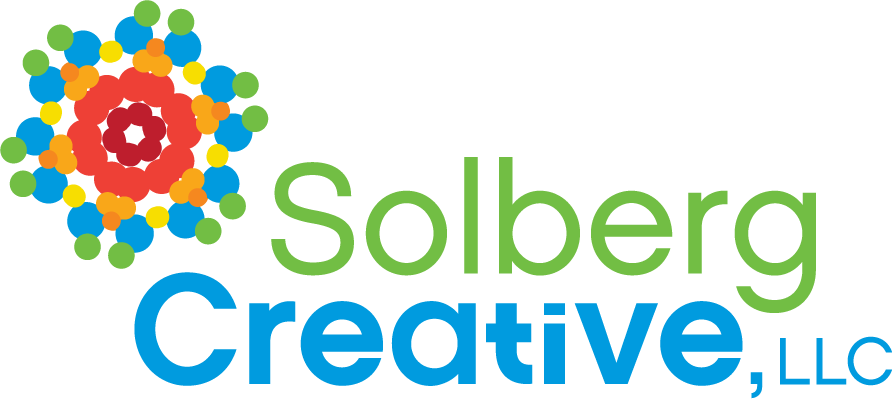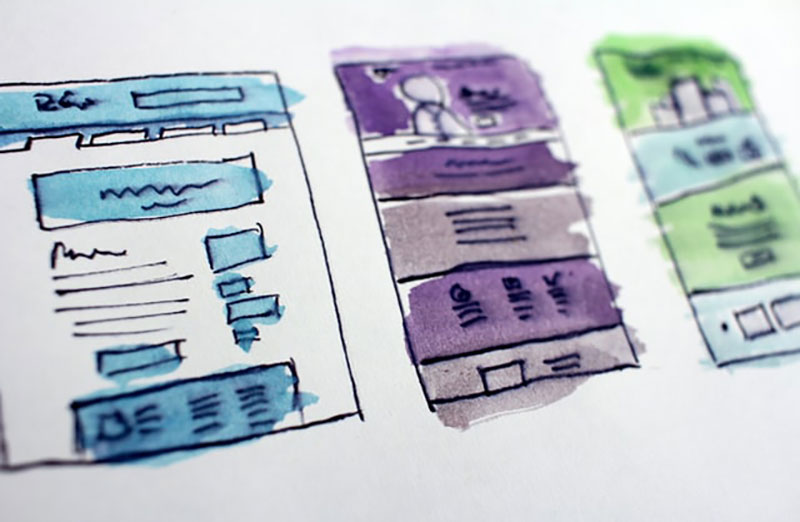If you’ve needed to get estimates for print and/or web design work, you know that estimates can vary greatly. That’s because numerous factors affect the bottom line. This also explains why experienced web designers won’t just quote a price off the top of their head—they need to know what’s involved in order to develop an accurate estimate.
Overall print and web design factors
- The experience level of the designer. Someone with extensive experience will likely have a higher billing rate than a new designer. But working with a seasoned professional opens the door to a more sophisticated knowledge of design, a better working knowledge of timelines and project management, and a wider array of experience.
- Timeline is critical too. If your project is a rush job, or requires the designer to work overtime or on weekends, the cost will increase.
Brand Identity Factors
How important is brand identity? A striking, highly visible logo that has significant impact costs more than one less prominent or visible. For example, the Starbucks logo is known and recognized by a huge audience. In contrast, a logo for a privately owned, nonchain coffee shop only has a local audience, and is much less prominent or visible.
Time and quantity are the biggest factor when estimating brand identity design costs.
- How many rounds of creative development and revision do you need? The more rounds and revisions, the higher the cost.
- How many logo versions do you need? A larger company may have needs for logos to be used in a variety of ways, which increases the complexity of the work, as well as the time frame.
- How many/what types of identity pieces do you need? Examples: Letterhead, business cards, PowerPoint template, etc. The quantity affects the price.
Web Design Factors
Websites have technical aspects not present in print or brand identity work.
- Which/how many technical features does the site need? Tech functionality, such as password-protected member login areas or e-commerce, add to a site’s complexity and cost.
- How sophisticated is the user experience? How will the viewer navigate the site? Will the site handle a process like an application or survey? Will it require database integration?
- How many pages/how much content does the site need? Content (images and text) needs to be acquired, written and/or edited, then added to the site with appropriate styling, all of which takes time.
- Consider the ongoing costs. These may be yearly or monthly, and aren’t included in the initial website design: Domain name registration, web hosting and maintenance, SSL certificate (security).
Print Design Factors
The cost for designing a print piece is largely based on how much time it takes, with a few other factors.
- Design elements: Stock illustration or photography is relatively inexpensive, depending on the quantity needed. If you want custom illustration or photography, or a large quantity of stock items, the cost increases.
- Content: If you need help writing or editing, that’s an additional cost.
- How many pages? More pages = higher cost. For example: Business cards versus a book or catalog.
- Is it print only or a mix? Example: You create a print magazine and need an interactive PDF of it to post on the website. Adding interactivity or multiple file formats can increase the cost.
- Other costs to consider:
- How will it be printed? Printing costs vary greatly depending on number of colors, print quantity, and print method.
- Mailing or delivery costs.
- Future revisions or editions (examples: newsletter, catalog, etc.).
Ready to Learn More?
Solberg Creative has extensive experience in the world of design, whether it’s print or web. See just a few examples of our design work here, or reach out to us for information or an estimate.
__________
Photo by HalGatewood.com on Unsplash

